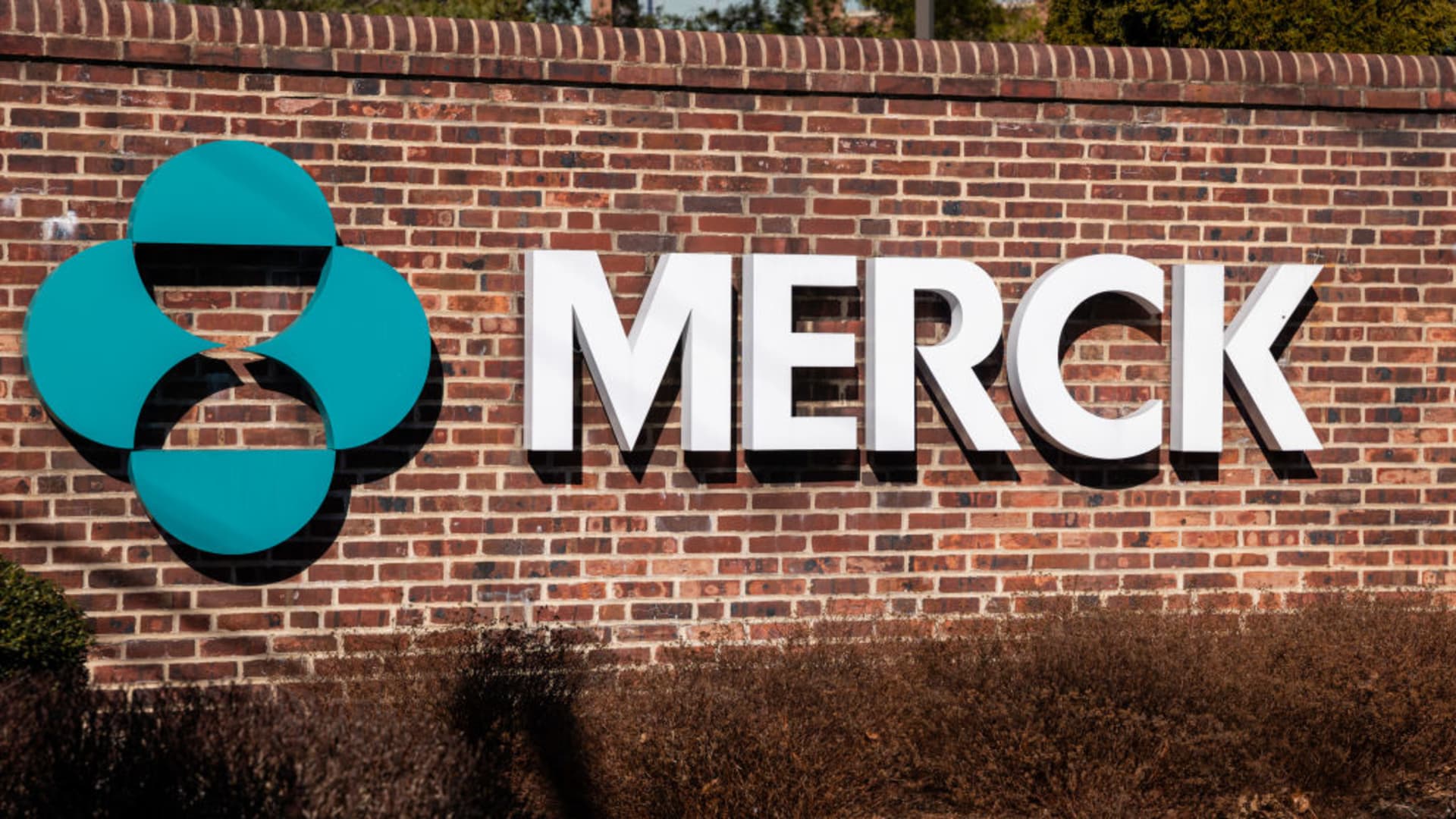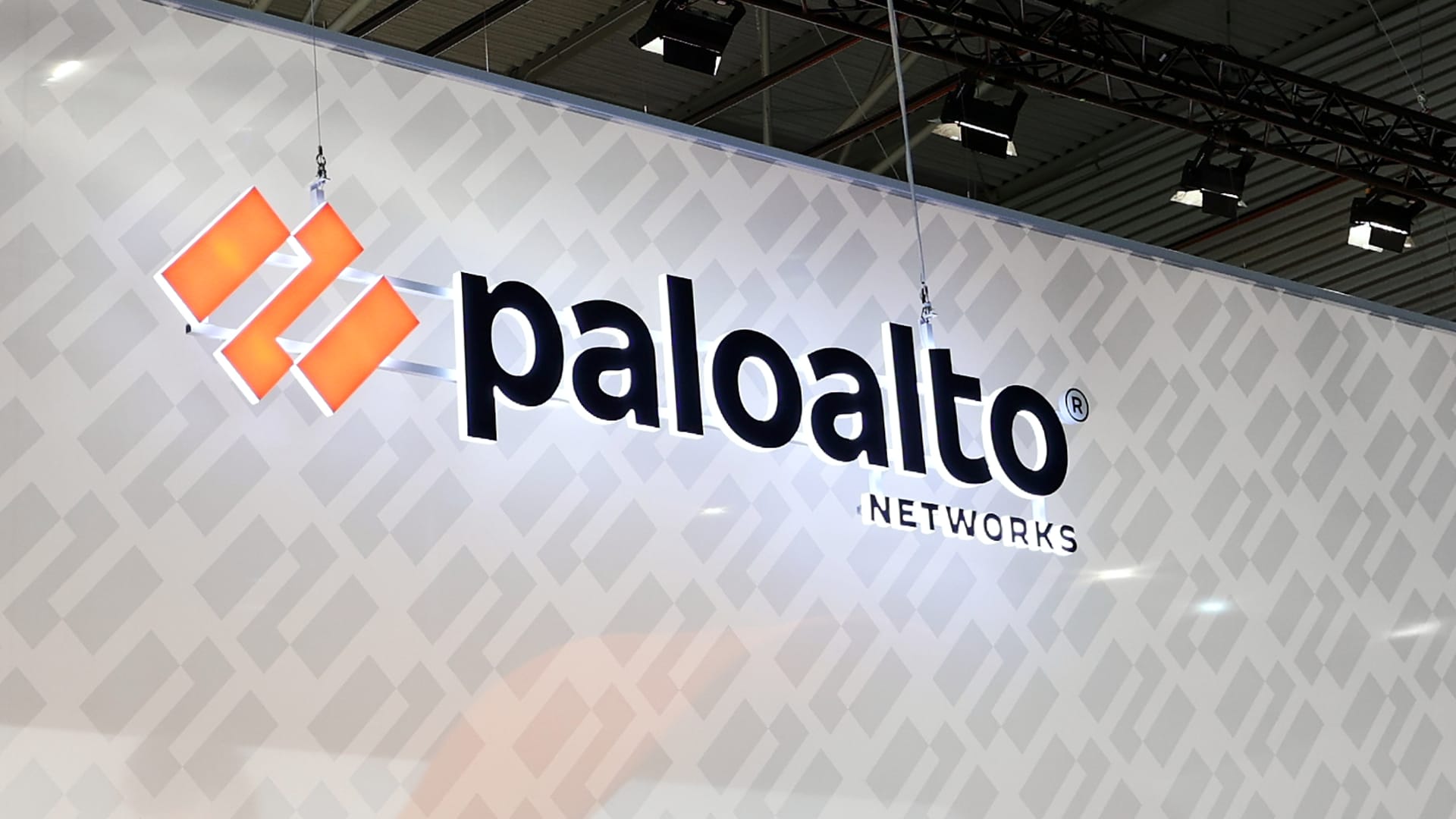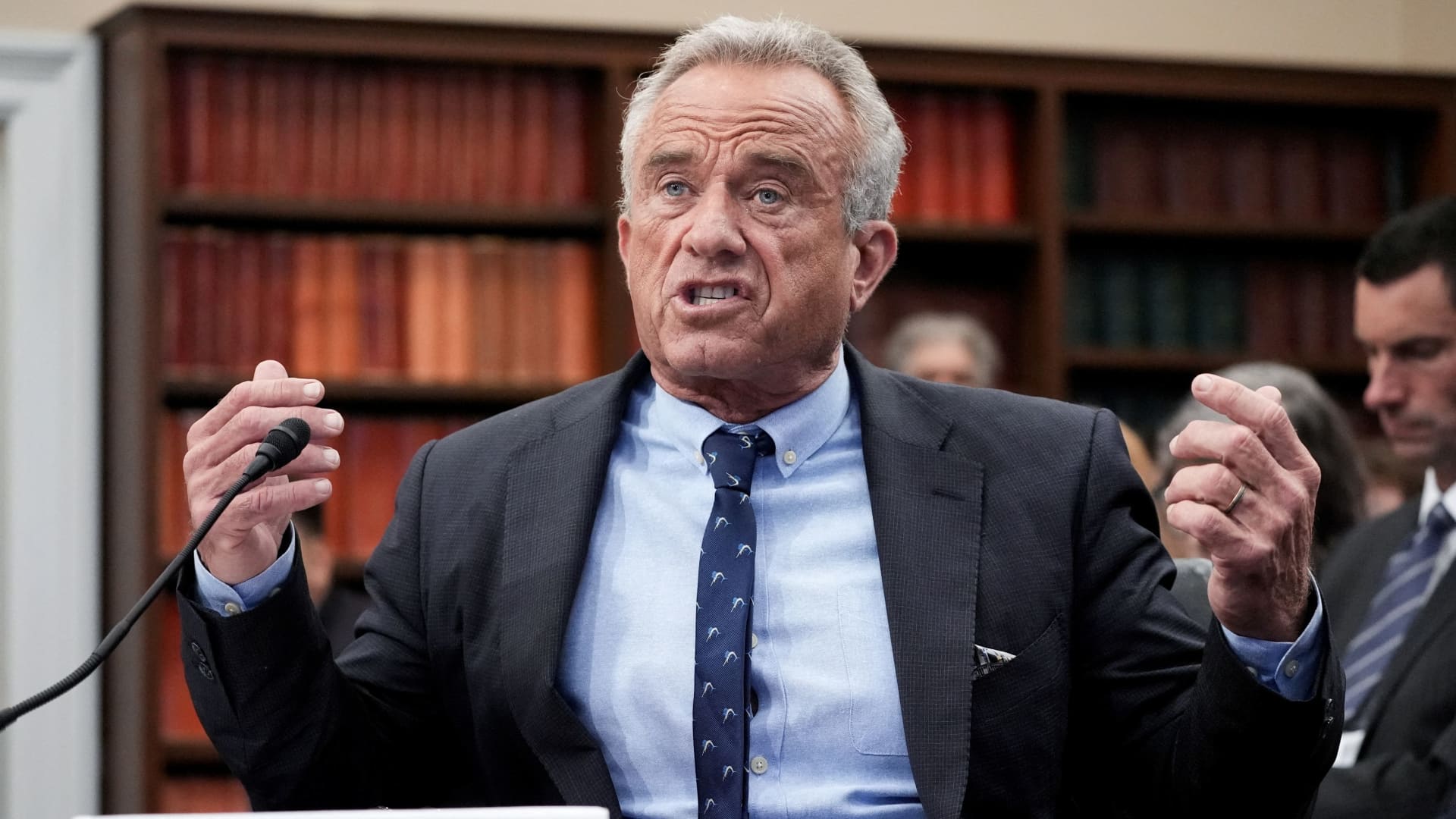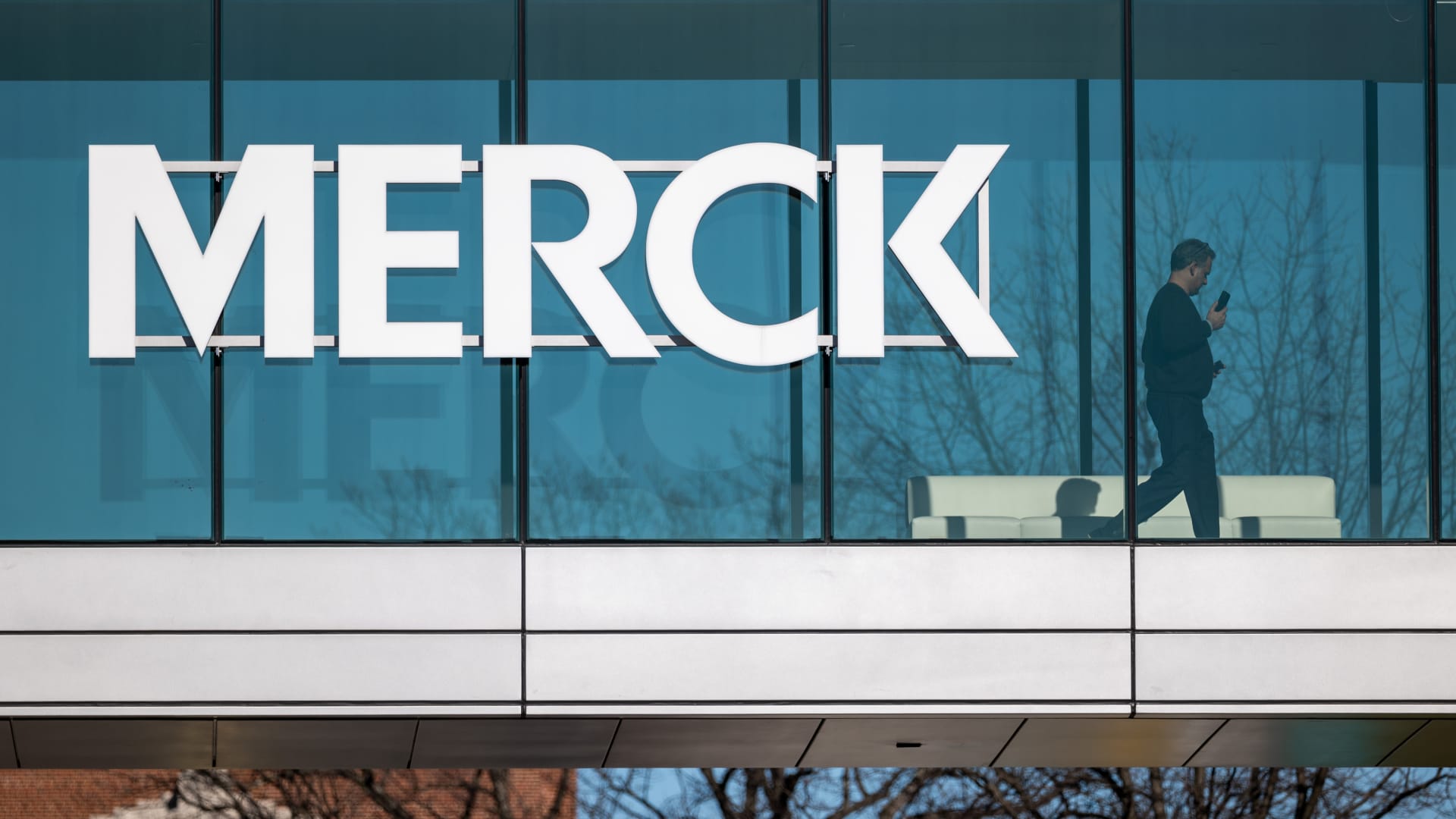Skynesher | E+ | fake images
Big Pharma is betting billions on a promising class of cancer treatments that some on Wall Street call a “huge opportunity.”
It is called targeted radiopharmaceutical therapy. Basically, it delivers radiation directly to tumors by attaching a radioactive particle to a target molecule.
RBC Capital Markets sees a $25 billion market opportunity for this space.
“We believe that TRT development is still in its early stages, and that next-generation technologies that enable improvements in therapeutic potency and address a broader range of oncology targets have the potential to drive value creation in this space. “wrote analyst Gregory Renza, MD. in a February note.
In recent months, four acquisitions were announced in the sector. The last one was for Novartis, which already has two targeted radiotherapies on the market. Pluvicto treats a certain type of advanced prostate cancer, while Lutathera targets neuroendocrine tumors.
Pluvicto, which faced some now-resolved supply constraints in 2023, is approaching blockbuster status, generating $980 million in sales in 2023. By 2028, the two drugs combined are expected to generate $5 billion in income, Renza said.
Novartis' one-year performance
A market leader with “an aggressive strategy”
Earlier this month, Novartis said it had reached an agreement to acquire Mariana Oncology for $1 billion. The preclinical-stage company is focused on developing radiopharmaceutical programs, also known as radioligand therapies, that treat breast, prostate and lung cancer. One candidate, known as MC-339, is being investigated for small cell lung cancer.
“They are clearly the market leader in this space with an aggressive strategy, successfully commercializing their products, expanding the market opportunities for those products and having a pipeline behind that,” said Jeff Jones, an analyst at Oppenheimer. “The acquisition of Mariana…gives them even greater discovery capabilities.”
Shares are up about 1% so far this year. The average analyst rating remains the same, with an 8% increase over the average analyst price target, according to FactSet.
Read CNBC Pro to learn how to invest in this trend:
Novartis' success has lit a fire among its competitors. Piper Sandler analyst Edward Tenthoff characterizes it as “FOMO,” or fear of missing out.
“I think that is what is happening and large pharmaceutical companies are accumulating capabilities in this new modality,” he said.
Eli Lillywhich has benefited from enthusiasm in the GLP-1 space with its diabetes drug Mounjaro and weight loss treatment Zepbound, completed its $1.4 billion acquisition of radiopharmaceutical company Point Biopharma in December.
Just before closing the deal, Point Biopharma's targeted radiation drug, known as PNT2002, met its primary endpoint in a phase three trial for metastatic castration-resistant prostate cancer.
Additionally, earlier this week, Eli Lilly announced that it will pay Aktis Oncology $60 million to use its novel miniprotein technology platform to generate anti-cancer radiopharmaceuticals.
Eli Lilly has an average analyst rating of Overweight and an 8.3% upside to analysts' average price target, according to FactSet. The stock is already up almost 38% so far in 2024.
“Obviously, I think investors are very focused on obesity right now, but we believe that with their acquisition, they will certainly have opportunities on the supply side, which is one of the challenges facing radiopharmaceutical companies,” said the investor Dan Lyons, portfolio manager. and research analyst at Janus Henderson Investors.
Bristol-Myers Squibb has also joined the fray, completing its $4.1 billion acquisition of RayzeBio in February. The company now has RayzeBio's product pipeline, including its late-stage targeted radiopharmaceutical therapy, RYZ101, for gastroenteropancreatic neuroendocrine tumors. It is also in a phase one trial for small cell lung cancer.
The announcement of the deal in December came shortly after Bristol-Myers Squibb said it would spend $14 billion to buy out schizophrenia drug developer Karuna Therapeutics. At the time, Matt Phipps, an analyst at William Blair, said the deals show Bristol's urgency to add more products, as some of its oldest therapies will lose their patent protections later this decade.
Shares of the big pharmaceutical company have been on a losing streak, falling more than 18% so far this year. He has an average Hold Analyst Rating, according to FactSet.
Finally, in March, AstraZeneca announced plans to buy a clinical-stage biopharmaceutical company Fusion Pharmaceuticals for 2.4 billion dollars. Fusion currently has a phase two clinical trial underway for a potential new treatment, called FPI-2265, for patients with metastatic castration-resistant prostate cancer.

AstraZeneca's one-year performance
AstraZeneca stock has an average analyst rating of Overweight and nearly a 6% upside over the average analyst price target, according to FactSet.
“All of these companies either had a manufacturing presence, more or less, developed or are in the process of developing and coming online very soon on a commercial scale,” said Jefferies analyst Andrew Tsai. “They have it under control and I think that's, in part, what big pharma wanted.”
Some smaller publicly traded biopharmaceutical companies also remain standing, although not many.
Additionally, there are several private companies in the sector that have been attracting private investors, especially lately. Innovative radiopharmaceutical drugs secured $518 million in venture funding last year, a whopping 722% increase from the $63 million they received in 2017, according to GlobalData's Pharma Intelligence Center deals database.
Both those public and private names could be ripe for an acquisition at some point, Janus Henderson's Lyons said.
“There are several large pharmaceutical companies that do not yet have radiopharmaceutical programs that could be interested in this space,” he said. “Additionally, I think some of the players who already have programs will be interested in finding additional targets and programs in the pipeline to increase their pipeline.”
'Great opportunity'
Everyone, including big pharma, is working to improve existing treatments or looking to expand to attack different cancer tumors.
Novartis, for example, won FDA approval for Lutathera for pediatric patients in April. It also said last month that it will apply for a label expansion for Pluvicto in the early treatment of prostate cancer.
“There is a clear path and strategy by Novartis to expand the market opportunities for those two products,” Jones said.
Then there are companies that are developing therapies against those same targets. Some, like Bristol's RayzeBio, are turning to using an alpha emitter such as actinium instead of the beta-emitting lutetium used by Pluvicto and Lutathera.
“These alpha [emitters] “They have a much stronger punch and are very localized, literally down the length of a cell,” Tenthoff said of Piper Sandler.

Bristol-Myers Squibb One-Year Performance
The use of radiopharmaceuticals in conjunction with other treatments, such as immunotherapy, is also being studied.
Depending on the outcome of current and future clinical trials, the therapy could also eventually be used to treat any cancer, including ovarian, breast or brain, he said.
“Anywhere radiation therapy is used, but not necessarily in a targeted way, it makes a lot of sense because these are radiosensitive tumors,” Tenthoff said.
Companies can also use the decades of research they have already done in this field to identify new opportunities, Jones said.
“You can really take advantage of all the work we've done in cancer over the last 30 to 40 years to identify targets in cancer cells that are not expressed, or are expressed much more in cancer cells than in normal cells, and really, any of those are an opportunity for targeted radiotherapy,” he said.
“I see a great opportunity for targeted radiation therapies,” he added. “Today we have two products, two objectives and basically we have the entire universe of cancer research and targeting.”












